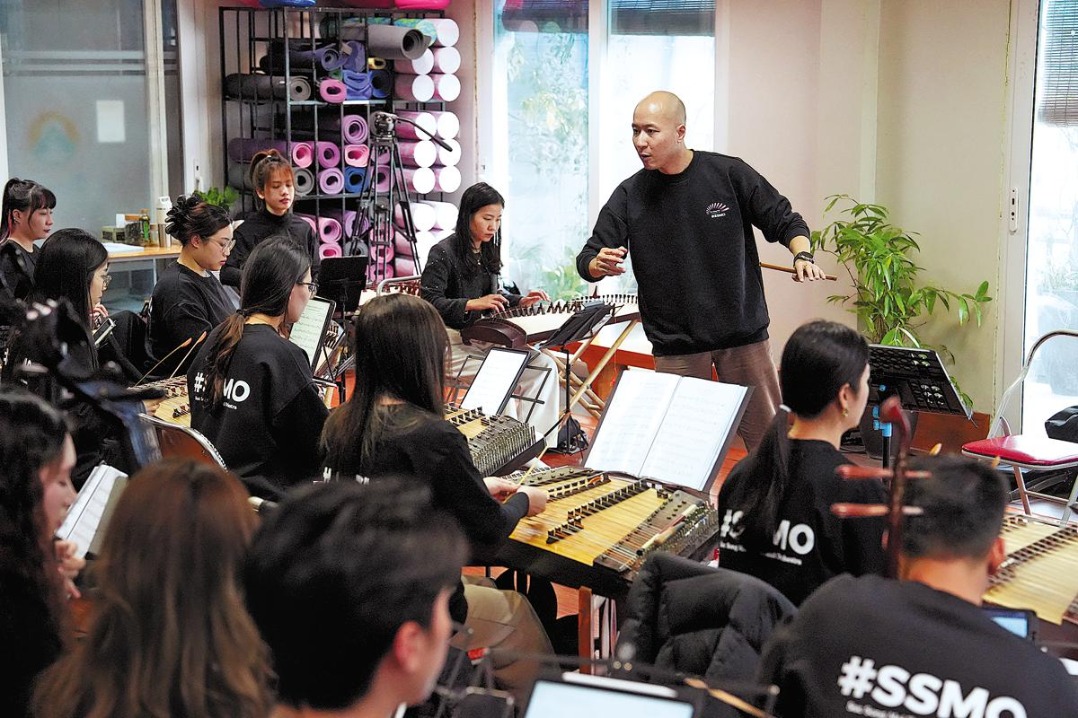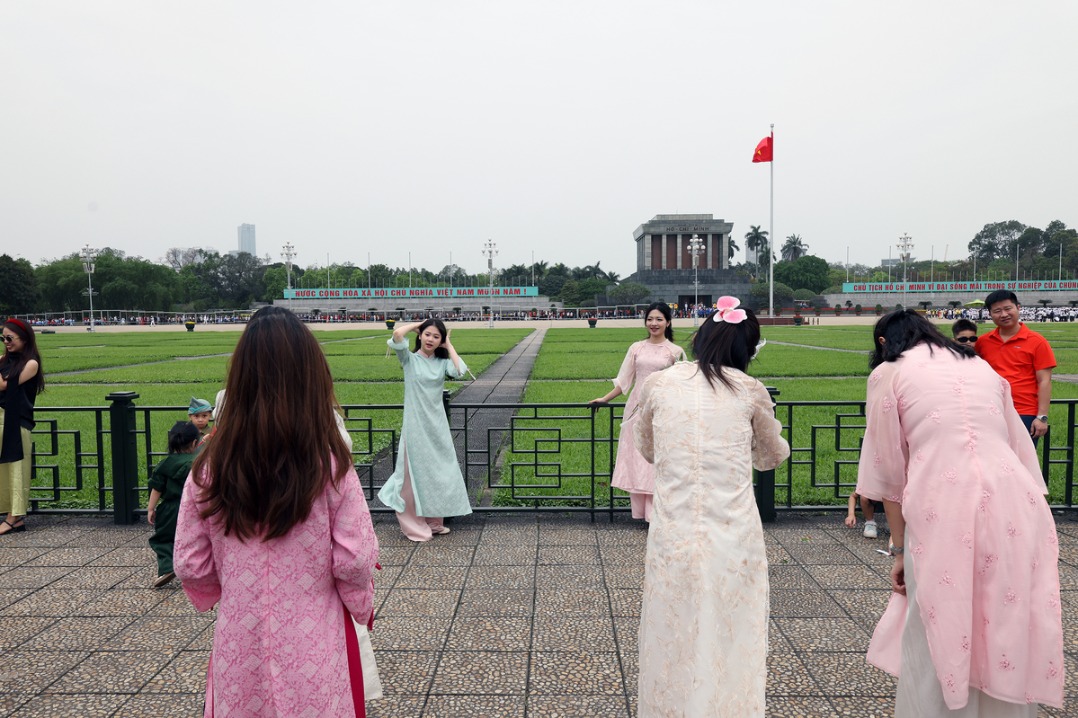Giving the past a future
Restoration expert highlights the context of his findings, Wang Ru reports.
By WANG RU | China Daily | Updated: 2024-05-11 11:15

Historical clues
Ren emphasizes that the restoration of metal items, much like other cultural artifacts, must follow specific principles to ensure their preservation. One crucial aspect is the use of reversible measures and visible repairing materials. This approach ensures that if superior restoration methods emerge in the future, the artifacts can be further enhanced for better protection.
He also underscores the importance of a meticulous and comprehensive approach to restoration, cautioning against a narrow focus solely on the artifacts themselves.
Metal items, many of which trace their origins to ancient dynasties like the Shang (c. 16th century-11th century BC) and Zhou (c. 11th century-256 BC), carry profound historical significance, Ren explains.
"When cleaning these items, we must exercise extreme caution to avoid inadvertently erasing valuable historical information," he adds.
He recounts an instance from 2018 when he and his team were cleaning a bronze sword. While some of his colleagues focused on the rust, Ren examined hard knots on its surface and uncovered traces of wood beneath a microscope, hinting at the existence of a wooden scabbard.
"If we had concentrated on returning the artifact to its original state and removed the knots, then some valuable clues would have been erased as well," says Ren.
In addition to safeguarding the artifacts, he stresses the importance of considering the burial environment. This includes collecting and analyzing soil samples to capture vital environmental information for posterity. The approach extends to the restoration process, which often involves enduring loud noises and heavy dust due to the use of mechanical tools necessary for repairing hard metal relics.
Despite the challenging working conditions that have led some of Ren's colleagues to abandon the profession, his unwavering passion for the job fuels his commitment.
"The stories concealed within these artifacts hold greater significance for me than the temporary discomfort of noise and dust," he says.
Years ago, his team restored a Shang Dynasty bronze vessel adorned with an emblem. By consulting historical literature and cross-referencing with findings from the Yinxu Ruins in Anyang, Henan province, they uncovered compelling connections between the emblem and other patterns on Yinxu's bronze vessels.
This exploration not only enriched their own understanding of ancient cultures, but also sparked new insights into the intricate tapestry of history, Ren says.
























